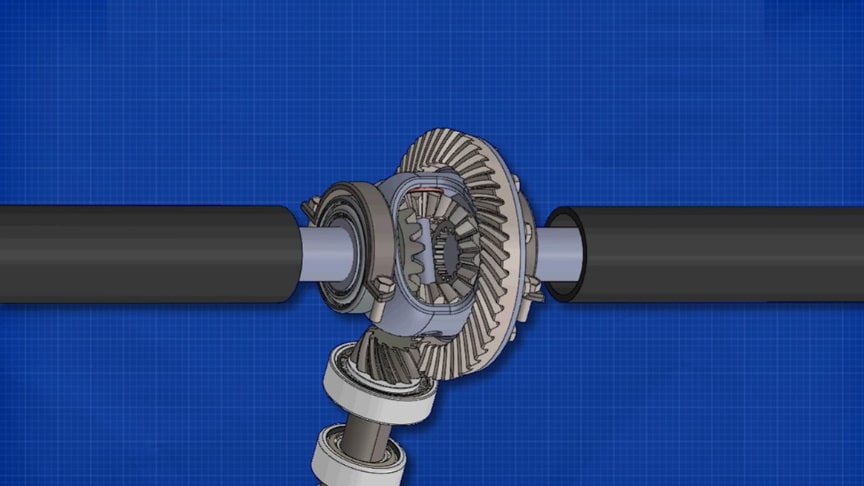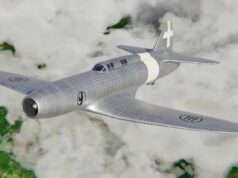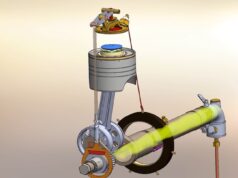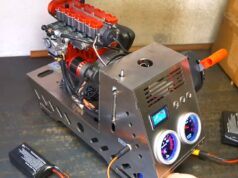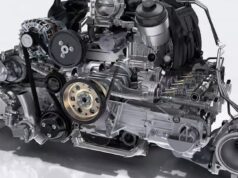Open differentials are the most common differential found on passenger vehicles and allow the wheels to rotate at different speeds while the vehicle is turning a corner. In this video, we’re going to learn the basics of a 3 Phase Rectifier. This rectifier is used in power supplies and can be a major part of your electrical engineering education.
image: The Engineering Mindset
An open differential always transfers an equal amount of power to both wheels. But if one wheel requires less power to turn than the other wheel, such as when one wheel is on dry pavement and the other on a muddy shoulder, it will take less power to turn the wheel in the mud than to turn the wheel on the pavement.
Open differentials don’t work well on uneven or slippery surfaces because the engine torque is transmitted to the wheel with the least traction. When cornering, the inner wheel travels a shorter distance than the outer wheel, so without a differential either the inner wheel rotates too quickly or the outer wheel rotates too slowly, which results in difficult and unpredictable handling, damage to tires and roads, and strain on (or possible failure of) the drivetrain.
Advertisement
Hypoid gear pair that connects an automotive drive shaft to a differential.In rear-wheel drive automobiles the central drive shaft (or prop shaft) engages the differential through a hypoid gear (ring and pinion). The ring gear is mounted on the carrier of the planetary chain that forms the differential. This hypoid gear is a bevel gear that changes the direction of the drive rotation.

